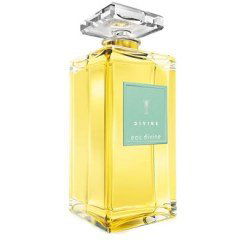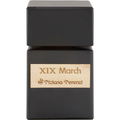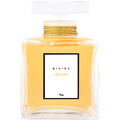
/ 10
96 Ratings
A perfume by Divine for women and men, released in 2009. The scent is fresh-green. It is still in production.
Compare
Compare
Main accords
Fresh
Green
Floral
Citrus
Spicy
Fragrance Pyramid
 Top Notes
Top Notes  Green mandarin orange
Green mandarin orange  Nutmeg
Nutmeg  Ginger
Ginger  Star anise
Star anise  Heart Notes
Heart Notes  Violet leaf
Violet leaf  Orange blossom
Orange blossom  Base Notes
Base Notes  Labdanum
Labdanum  Musk
Musk  White amber
White amber Perfumer
Ratings
Submitted by Apicius, last update on 01/25/2024.
Smells similar
What the fragrance is similar to

Eau de Gaga

XIX March

La Résidence Seathalasso Eau de Toilette

Cool Water Eau de Toilette

Cristalle Eau de Toilette
Statements
Charts
Images
1 fragrance photo of the community


























